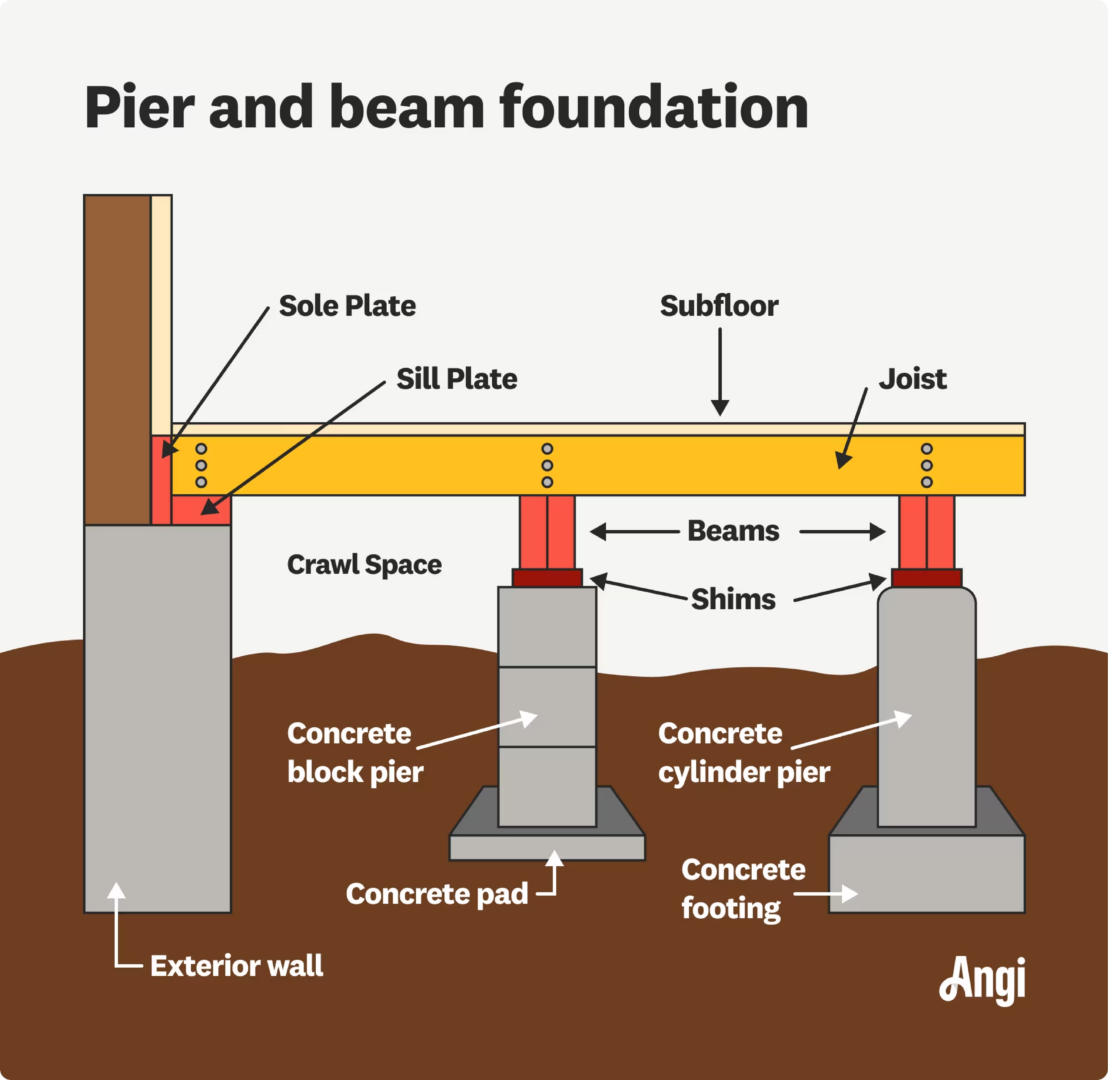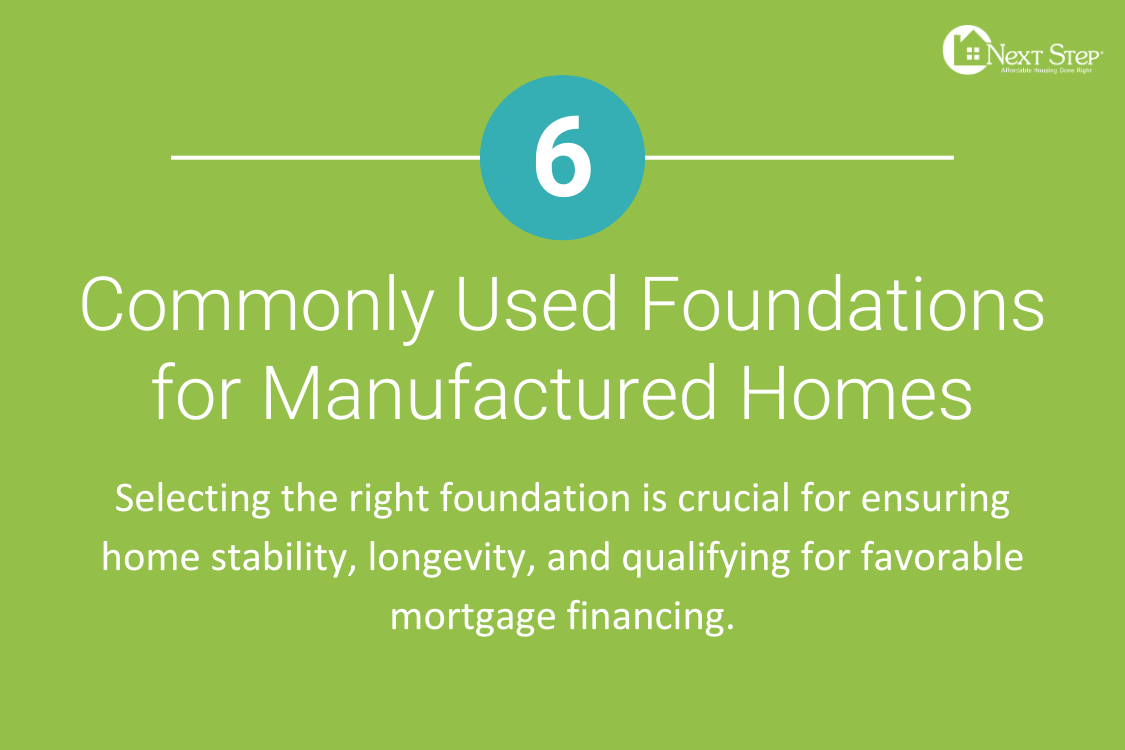Today’s factory-built homes are a far cry from the ones originally created to accommodate returning veterans in need of housing. Before the release of the HUD code in 1976, early manufactured homes were designed to be mobile so that families could be near work opportunities. However, they sacrificed energy efficiency and the potential to build wealth and equity.
In contrast, modern manufactured homes are highly energy efficient and appreciate at nearly the same rate as site-built homes when placed on owned land. They’re built indoors, allowing for greater quality control for each home. The facilities can build homes much faster and more cost-effectively than traditional home builders, resulting in lower costs for the homebuyer. Unlike their predecessor, today’s manufactured homes do not prioritize mobility. Instead, they focus on providing long-lasting, energy-efficient homes that can help generate wealth.
An essential aspect of maximizing the wealth generation potential of a manufactured home is the proper placement on owned land. This involves installing a foundation on the property and anchoring the home to it. There are various foundation options available, each with its own advantages and disadvantages based on the home and its location. Selecting the right foundation is crucial for ensuring home stability, longevity, and qualifying for favorable mortgage financing. The most used foundations for factory-built homes include pier & beam, runner, slab, crawl space, and basement.

Permanent vs. Non-Permanent
When considering foundations for manufactured homes, it’s important to distinguish between permanent and non-permanent foundation systems. This distinction affects the home’s stability and longevity. It also determines financing options and the resale value of the property.
Permanent Foundations
A permanent foundation is a foundation system designed to last the lifetime of the manufactured home. These foundations are anchored into the ground and constructed in accordance with local building codes. They’re also compliant with the HUD’s Permanent Foundations Guide for Manufactured Housing under Title II. These are ideal for homebuyers seeking long-term stability, higher resale value, and access to financing options like FHA loans. Examples include slab, basement, and HUD Title II-compliant foundations.
Non-Permanent Foundations
Non-permanent foundations, also known as temporary or non-anchored foundations, are designed for flexibility and easier relocation. They do not typically involve deep anchoring into the ground and are intended to support the home temporarily or semi-permanently. These foundations are great for homebuyers looking for affordability and flexibility. This option is popular in areas where homes may need to be moved or where short-term housing solutions are preferred. Examples include pier and beam and runner foundations.
Pier & Beam Foundation
Pier and beam foundations elevate the home using piers set into the ground, with beams providing support. They are one of the most affordable options, but they are not typically considered permanent foundations.
- Advantages: A cost-effective option with simple installation.
- Disadvantages: This option is less visually appealing than others and the floors are prone to sagging.
- Best For: Regions with mild climates, a history of flooding or less concern for frost.

Runner Foundation
Runners are permanent foundations consisting of concrete, gravel, stone, or steel beams or pads that run the length of the home. They’re also a highly affordable option, but they shouldn’t be used everywhere.
- Advantages: Provide greater stability than pier and beam and easy access to utilities.
- Disadvantages: Concrete runner foundations aren’t suitable for sloping lots.
- Best For: Areas with sandy or loose soil with little to no seismic activity.
Slab Foundation
A slab foundation is a flat, reinforced concrete surface that lies beneath the entire home. It’s a sturdy, mid-range option that may carry repair costs down the line or in certain climates.
- Advantages: This permanent option provides maximum stability and moisture resistance.
- Disadvantages: They can crack in freezing temperatures and don’t provide easy access under the house. This type is not always the best option, as many homes install plumbing and ductwork in their underbelly, and slab foundations restrict access to these elements.
- Best For: Warmer climates or areas with little flooding and soil moisture.
Crawl Space Foundation
Crawl space, or pit foundations, are a permanent option that places the home slightly above ground with space underneath for utilities. This option provides additional storage space but comes with higher costs and installation times.
- Advantages: Provides easy access to utilities and extra storage and is suitable for sloped lots.
- Disadvantages: Is pricier than other options and carries the risk of standing water and flooding.
- Best For: Drier areas with mild to moderate climates and little flooding.

Basement Foundation
A basement foundation is a structure that extends below the ground and creates additional living and storage space. In exchange for extra space, this type comes with higher installation costs and the potential for flood and moisture damage.
- Advantages: Provides strong support, additional space, and improved resale value.
- Disadvantages: Is the most expensive option and must adhere to strict building codes.
- Best For: Cooler, drier climates where basements can be naturally insulated.
HUD Title II Foundation
These foundations meet the U.S. Department of Housing and Urban Development (HUD) requirements, making them eligible for FHA loans.
- Advantages: A permanent foundation system with anchors and tie-downs that prevent shifting and movement. Compliant with federal housing standards, enabling FHA financing options and adding to the resale value.
- Disadvantages: The home must meet certain size requirements. Additionally, the foundation must be installed by a HUD-certified professional.
- Best For: A variety of areas including regions that experience freezing, flooding, and seismic activity.
Selecting the appropriate foundation for a manufactured home is a critical decision that affects not only the home’s stability and longevity but also financing options, resale value, and compliance with local and federal building codes. Each foundation type—whether pier and beam, runner, slab, crawl space, or basement—offers unique advantages based on geographical factors, budget, and homeowners’ specific needs.
For housing officials and advocates focused on affordable housing solutions, understanding these options allows for better planning and execution of projects that meet community needs. Permanent foundations, like slab and HUD Title II compliant systems, are ideal for long-term housing stability and financing, while non-permanent options like pier and beam offer flexibility and lower upfront costs. By evaluating the specific conditions and goals of each project, officials can better serve their communities with safe, affordable housing.
For potential homebuyers, particularly those exploring alternative housing options like manufactured homes, the right foundation ensures a solid investment in both comfort and value. Choosing between permanent and non-permanent foundations depends on your long-term plans and financial considerations.
In the end, understanding the pros and cons of each foundation type will empower both housing advocates and homebuyers to make informed decisions, ultimately contributing to the broader goal of providing affordable, sustainable housing for all.
